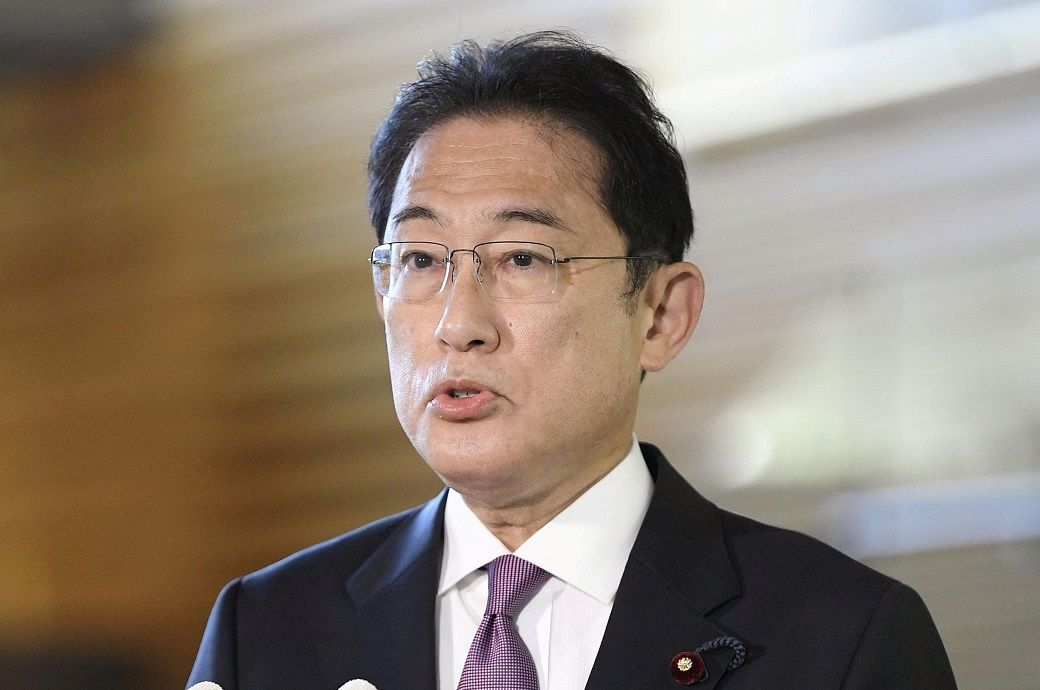
The cabinet-approved stimulus package is expected to be worth around 71.6 trillion yen when taking into account the expenditure of companies and municipalities. Core consumer prices, an important indicator of inflation, and rising food, energy, and raw material prices have resulted in crossing the Bank of Japan’s 2 per cent inflation target to reach 3 per cent in September 2022. The funding of the plan is anticipated to be obtained via issuing government bonds. The Japanese government is likely to put forward an extra budget for fiscal 2022 to next March to the current parliamentary session.
“We are targeting energy prices, a major factor behind the recent inflation and curb rising prices in a visible way,” PM Kishida was quoted as saying at a press conference by several media reports. “We will spend 6 trillion yen in total on energy-related steps and extending support worth 45,000 yen to each household.”
Faced with accelerating inflation, the fastest in around 30 years, the East Asian country’s economy is taking longer to bounce back from the impact of COVID-19 compared to other developed economies. Moreover, the yen’s decline and shooting commodity prices have raised import costs for Japan.
The 29.1-trillion-yen package is a component of a supplementary budget that is yet to be approved by the parliament. It comprises around 45,000 yen ($300) in subsidies for household electricity and gas bills and coupons valued at 100,000 yen ($680) for pregnant or child-rearing women.
Moreover, present subsidies for oil wholesalers to reduce retail gasoline and kerosene prices will be extended beyond December and lowered from June 2023. The government’s initiatives concerning energy will stall the jump in consumer prices by about 1.2 percentage points. The overall economic package is estimated to lift Japan’s real gross domestic product (GDP) by 4.6 per cent.
The government will also support small and midsize companies and promote upskilling of workers to boost wage growth, which is important for the central bank’s endeavours to meet its inflation target.
Japan’s economy has expanded by 3.5 per cent in real terms from April to June thanks to the removal of the COVID-19 pandemic restrictions. However, economic growth is projected to decline in the following quarter to September due to global monetary tightening and the looming recession.
The government had initially planned on spending about 25 trillion yen but decided to raise it to around 30 trillion yen after the ruling Liberal Democratic Party demanded more.
Fibre2Fashion News Desk (NB)